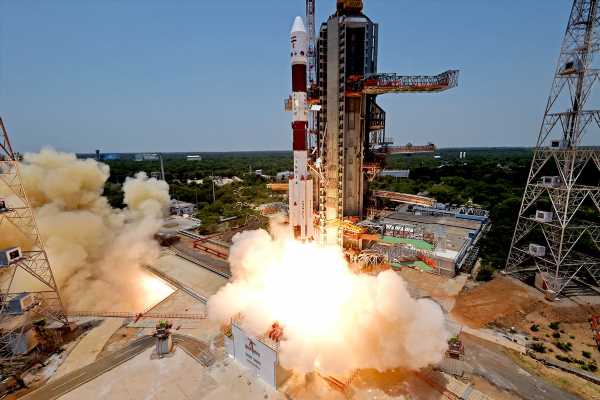Aditya-L1 fires up funding prospects for pvt space cos

The successful launch of Aditya-L1 — the country’s maiden mission to study the Sun — is expected to garner increased investor interest in the Indian space sector and trigger more funding for private players.
Several private sector players, including Larsen & Toubro (L&T), MTAR Technologies, and Ananth Technologies, have played a pivotal role in the Indian Space Research Organisation’s (Isro’s) solar observatory mission.
Aditya-L1 on Saturday set off on a 125-day journey on a PSLV-C57 rocket, in its attempt to study various elements relating to the nearest star from the halo orbit around Lagrange point 1 (L1) of the Sun-Earth system, which is about 1.5 million km from Earth.
This distance represents only 1 per cent of the total 150 million km between Earth and the Sun.
Many institutes, such as the Indian Institute of Astrophysics (IIA), the Department of Science and Technology, and the European Space Agency (ESA) have also contributed to this historic mission, which comes days after Chandrayaan-3’s lander Vikram became the first to successfully touch down on lunar soil near the Moon’s south pole.
“Congratulations, the Aditya L1 spacecraft has been injected (into an intermediate orbit),” said Isro chairman S Somanath on Saturday, announcing the launch’s success.
According to A K Bhatt, director general, Indian Space Association (ISpA), “This achievement follows the Chandrayaan-3 mission, marking another significant milestone for India’s space sector.
“It not only reaffirms India’s capabilities in space exploration but will establish trust in our private sector’s ability to collaborate internationally and contribute to the global space industry. These successes will also further enhance funding prospects for our private space companies.”
L&T, which was involved in nearly every aspect of India’s latest lunar mission, provided several key components for the solar mission, too.
It is also part of the Gaganyaan mission, which seeks to demonstrate Isro’s human spaceflight capability.
The Aditya-L1 mission was launched by a 44.4-metre tall polar satellite launch vehicle (PSLV), India’s reliable workhorse in the space sector.
Of the 91 launches conducted by Isro, 59 used PSLV rockets.
Though the actual cost of the mission is unknown, the government allocated around $48 million for it.
This was the first time that the upper stage of the PSLV conducted two burning sequences.
Hyderabad-based Ananth Technologies (ATL), with its extensive experience in satellite systems design, development and integration, played a pivotal role in the Aditya-L1 programme.
Source: Read Full Article
